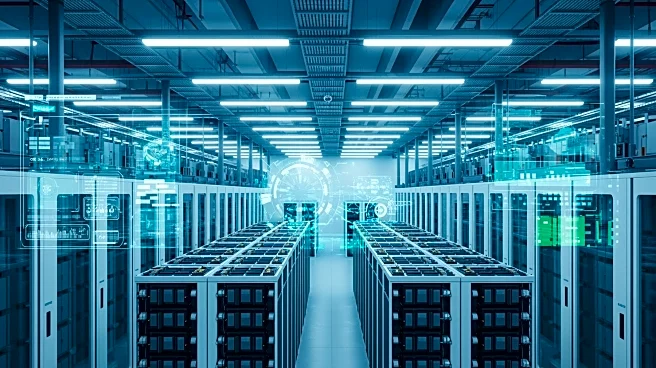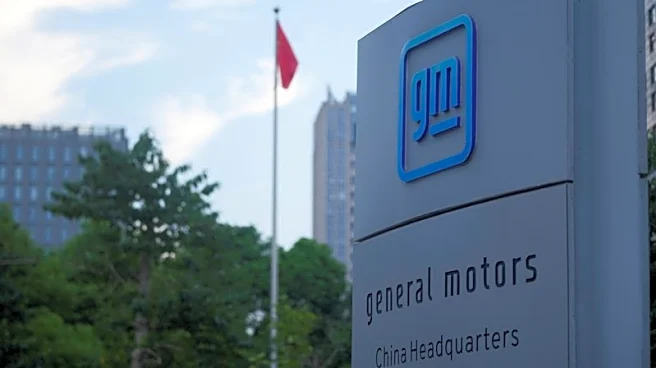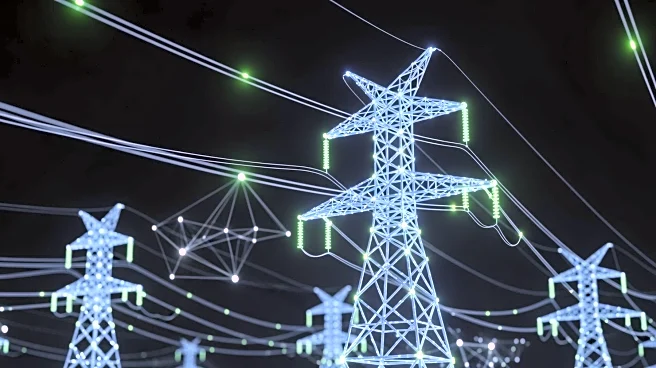What's Happening?
The U.S. energy storage sector is experiencing a critical transition as the demand for energy surges and grid modernization efforts accelerate. Utilities and developers are grappling with global trade
uncertainties and the need for grid reliability. The push to localize battery manufacturing is intersecting with the need to diversify energy storage technologies. Tariffs have increased the cost of imported battery materials, prompting many in the energy storage supply chain to reconsider procurement strategies and explore onshoring and nearshoring solutions. The industry is working towards building a resilient, future-ready energy storage ecosystem by reshoring the battery supply chain and broadening the mix of battery chemistries.
Why It's Important?
The modernization of the U.S. electrical grid is crucial due to aging infrastructure, frequent extreme weather events, and the increasing share of renewable energy sources. These factors have led to more common brownouts and blackouts, putting pressure on grid operators to stabilize the system. Diversifying battery chemistries, such as vanadium redox flow batteries and advanced lead battery energy storage systems, is essential for grid resilience. This diversification reduces reliance on a single technology and strengthens supply chain resilience, ensuring a more secure and flexible energy infrastructure.
What's Next?
The industry is expected to continue investing in a broader mix of proven technologies, such as lithium, lead, and vanadium, while accelerating the buildout of a robust domestic manufacturing base. This approach aims to meet the rising demand for reliable, scalable energy and reduce exposure to supply chain risks. The transition to a diversified energy storage ecosystem is laying the groundwork for a more resilient domestic energy storage infrastructure.
Beyond the Headlines
The reshoring and diversification efforts in the energy storage sector highlight the importance of strategic sourcing and technology diversification. These efforts are not only industry priorities but also national ones, as they contribute to building a more secure and flexible grid prepared for future energy challenges.












